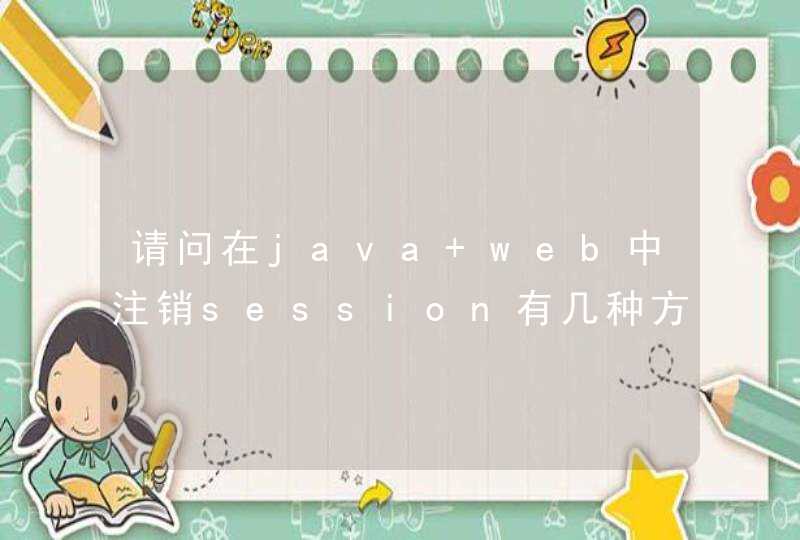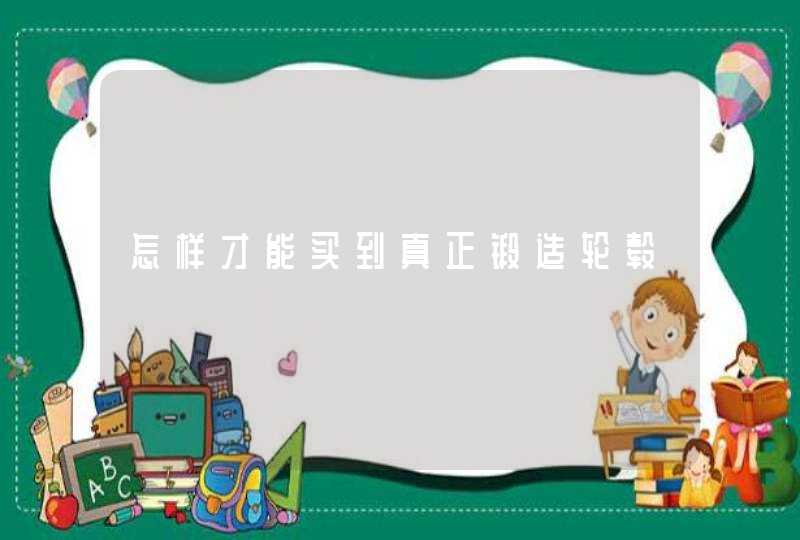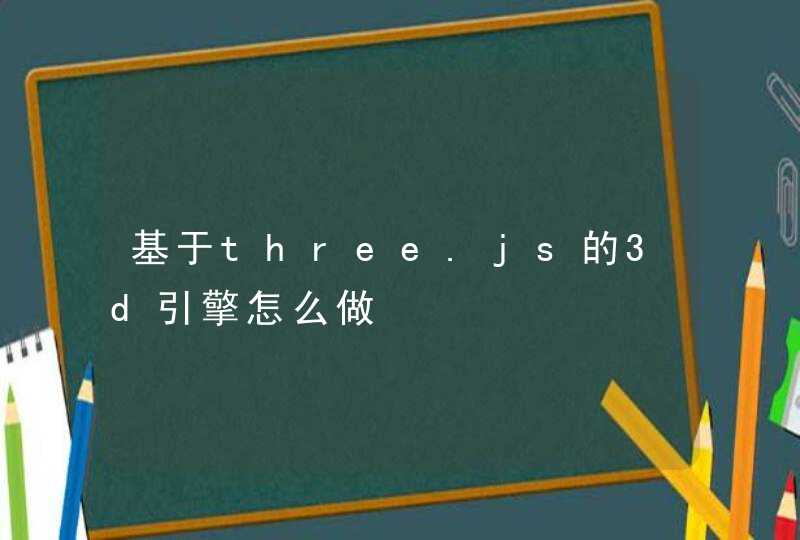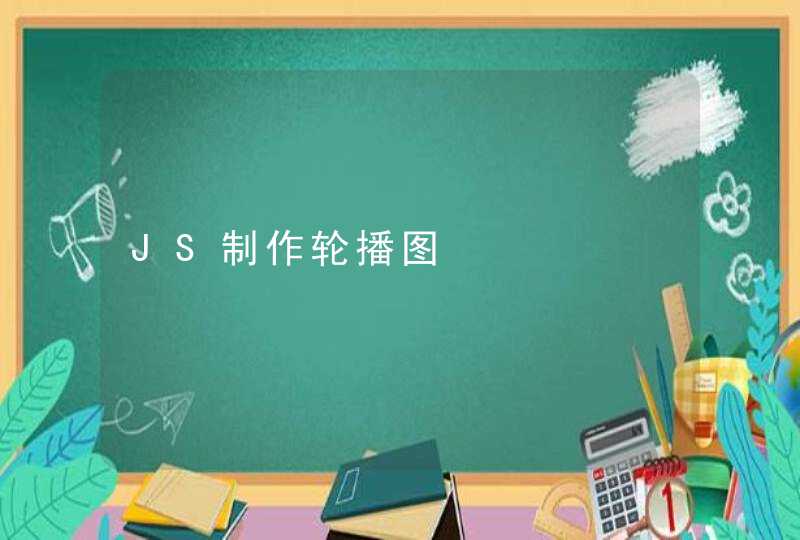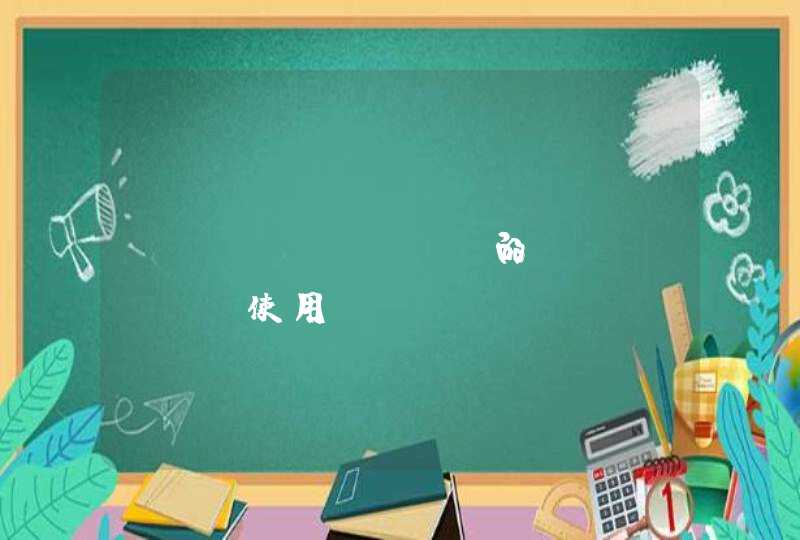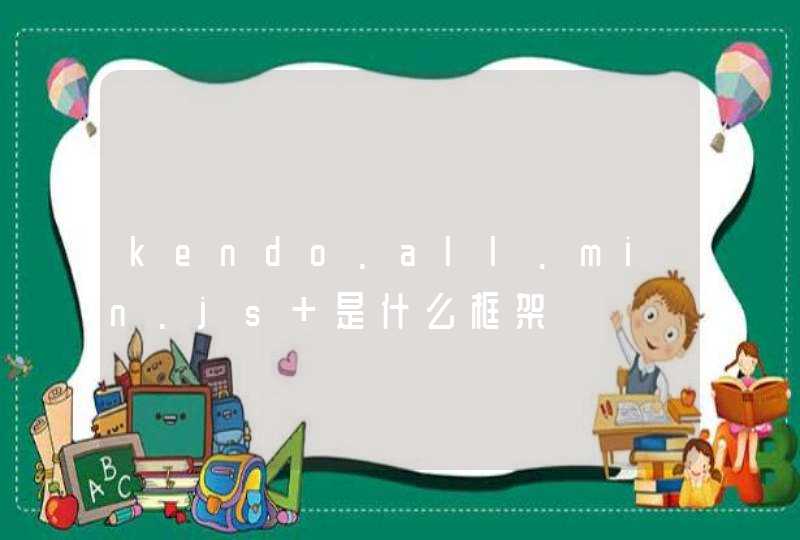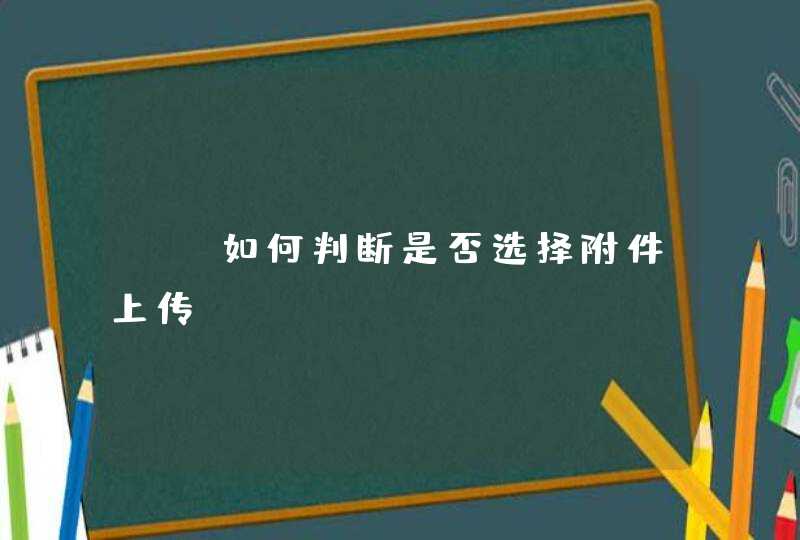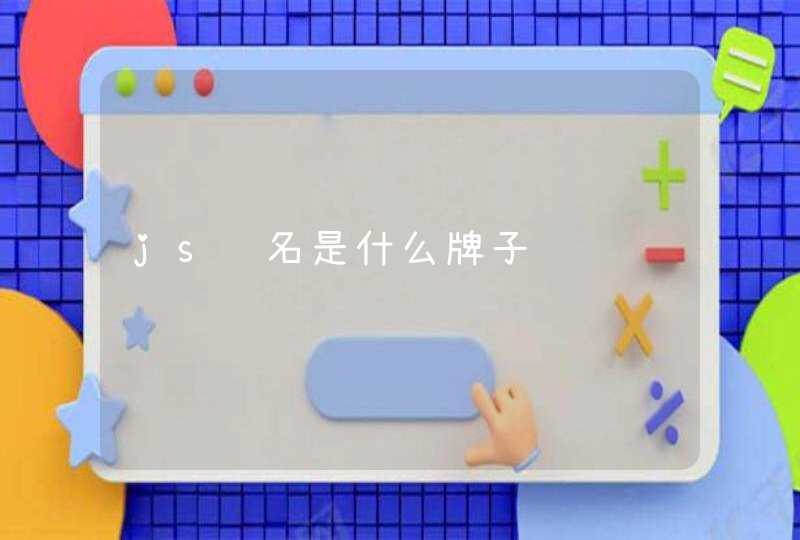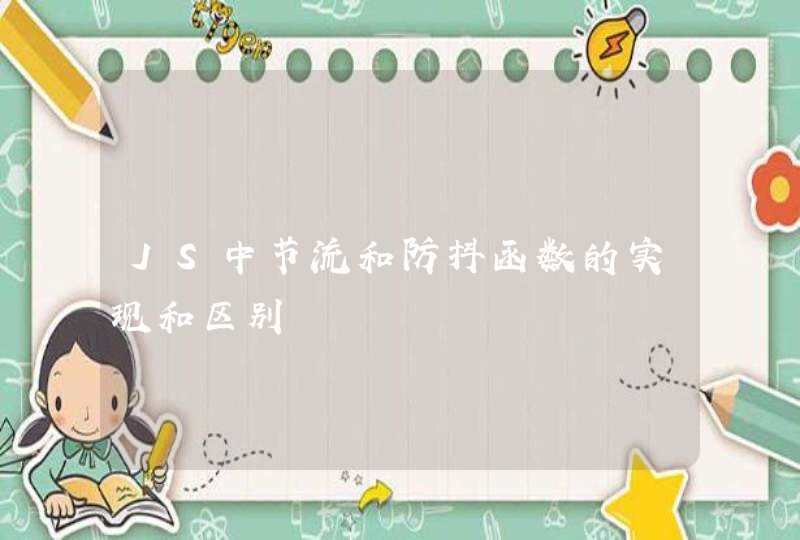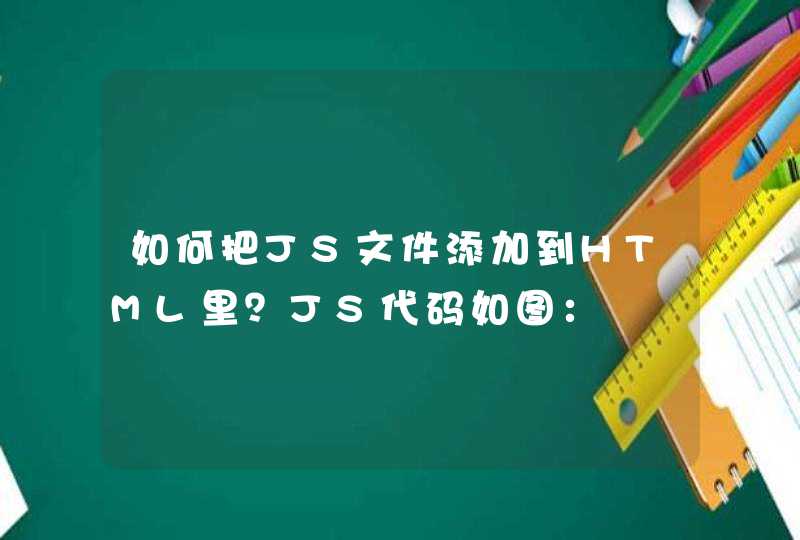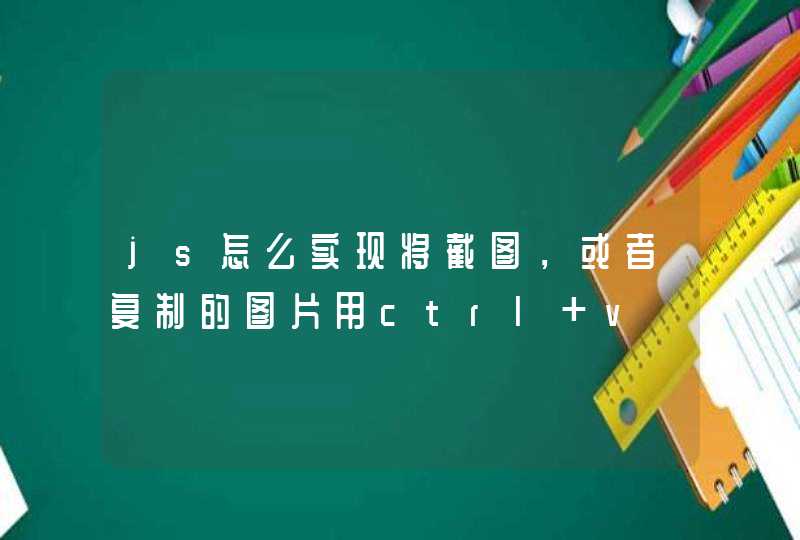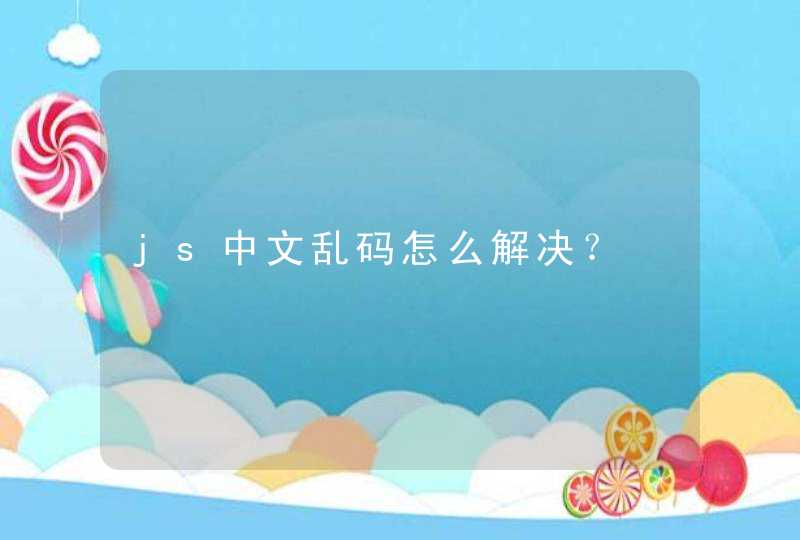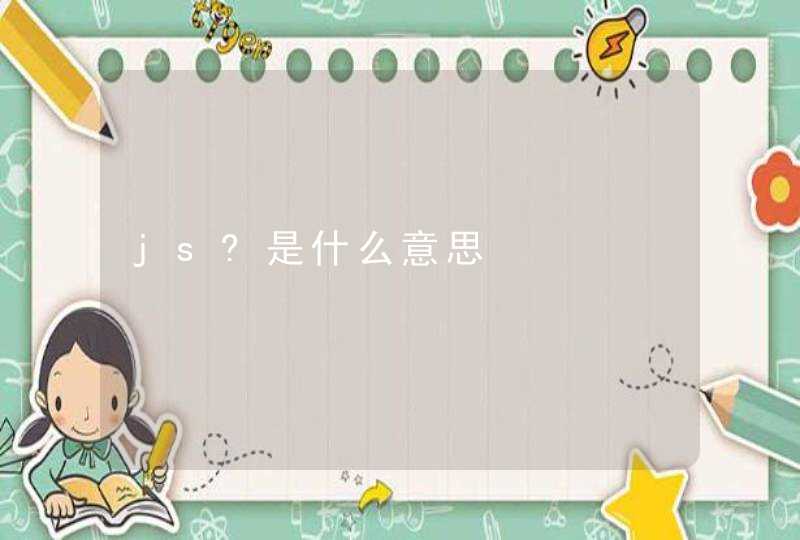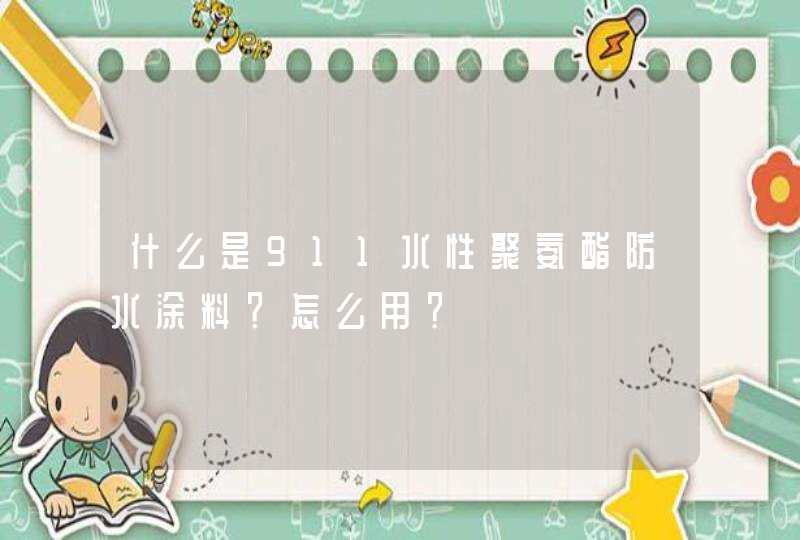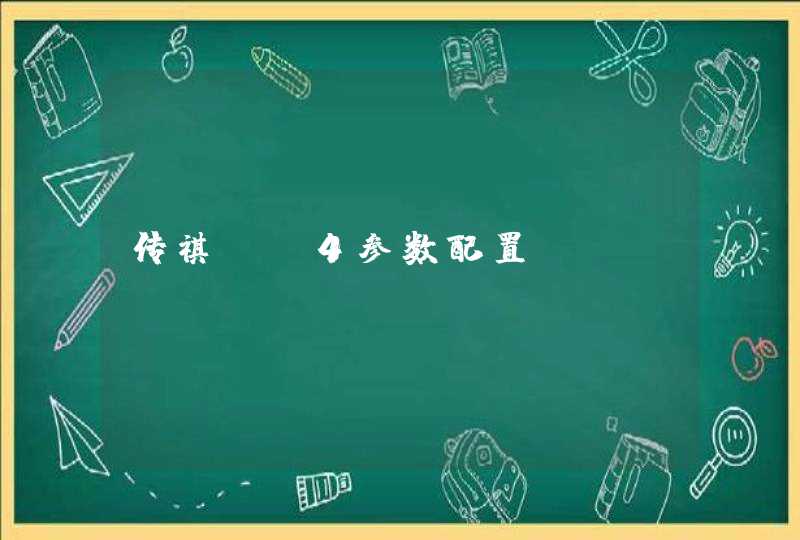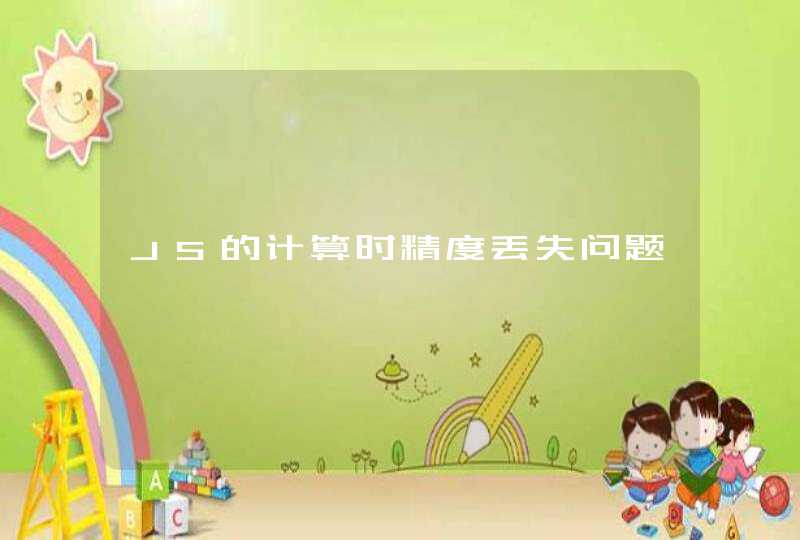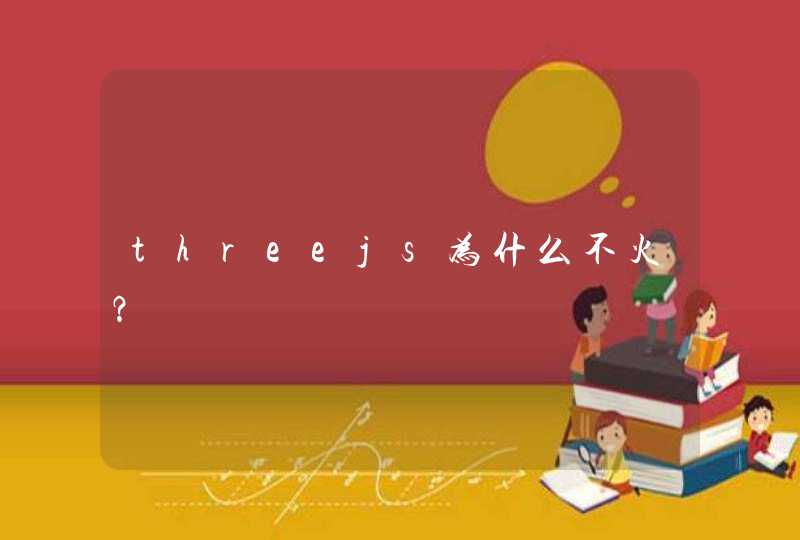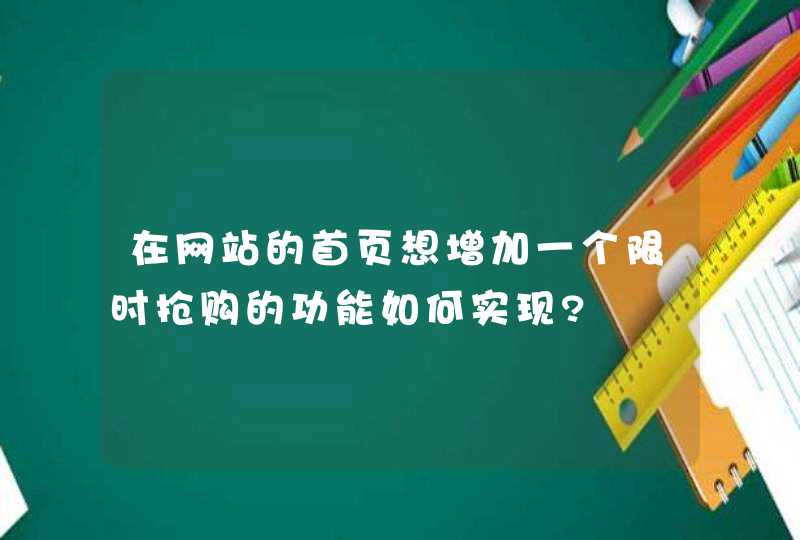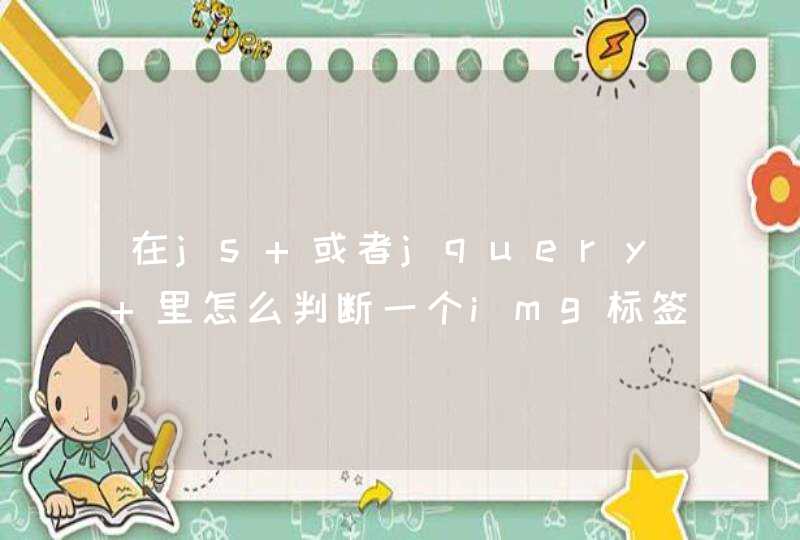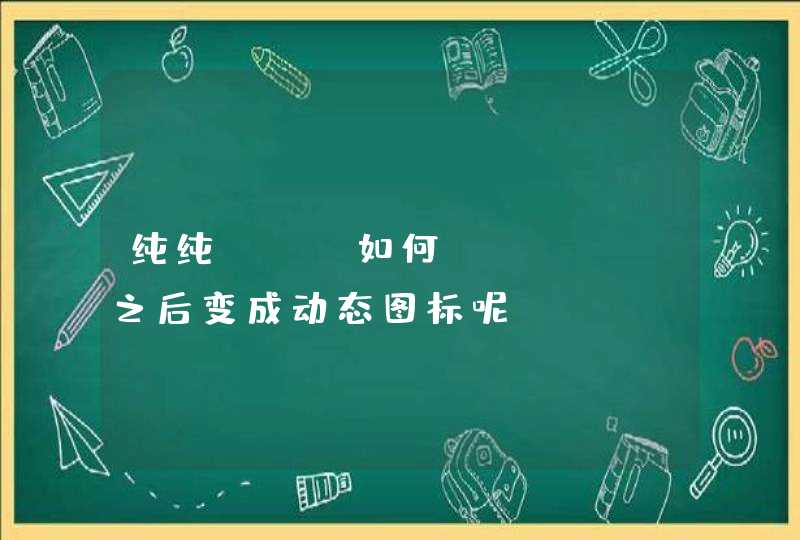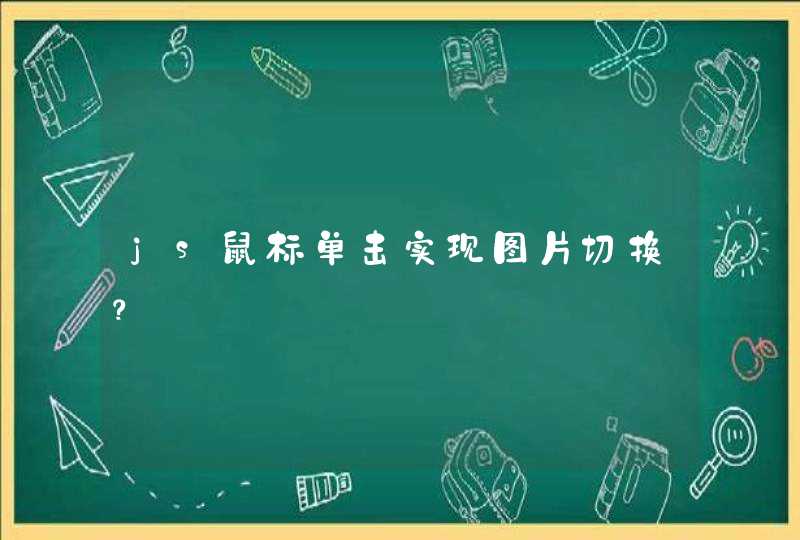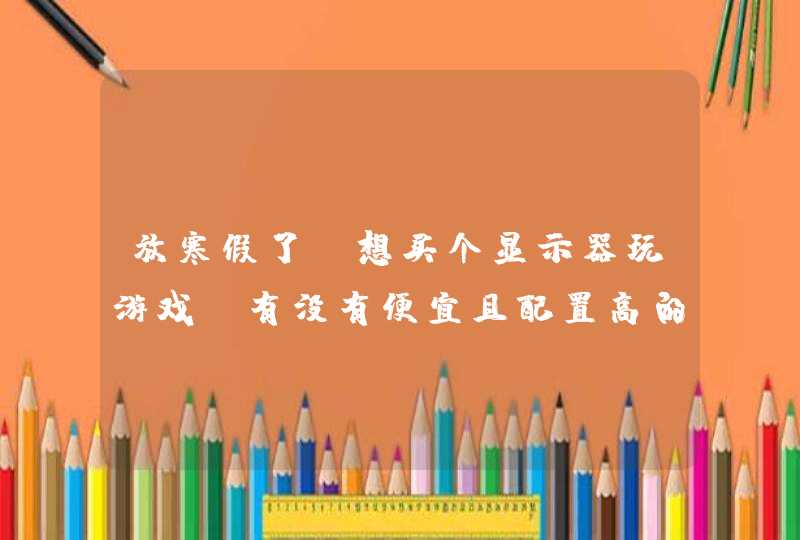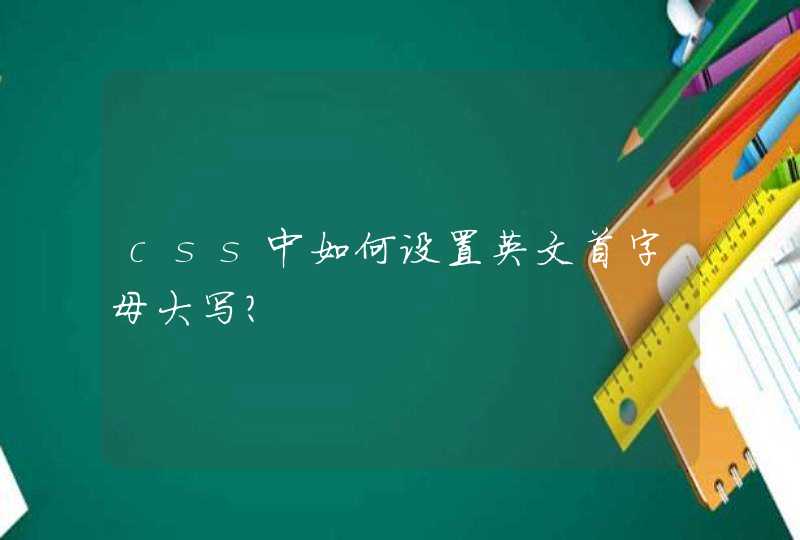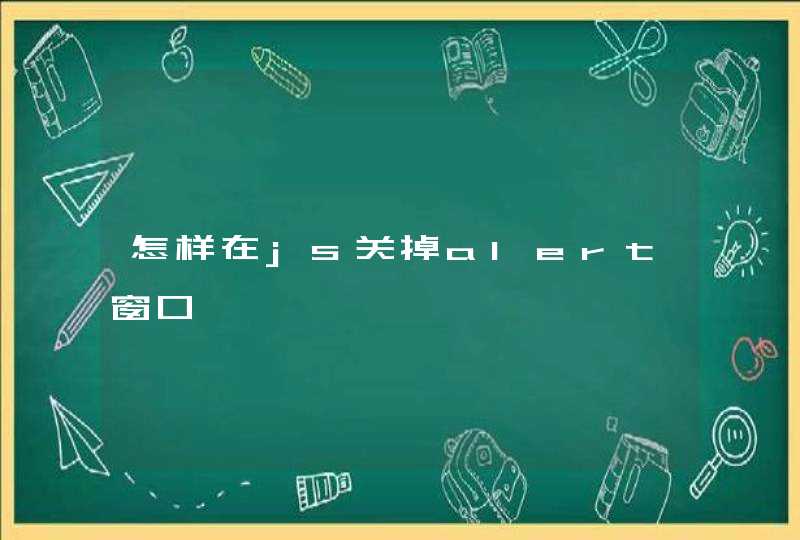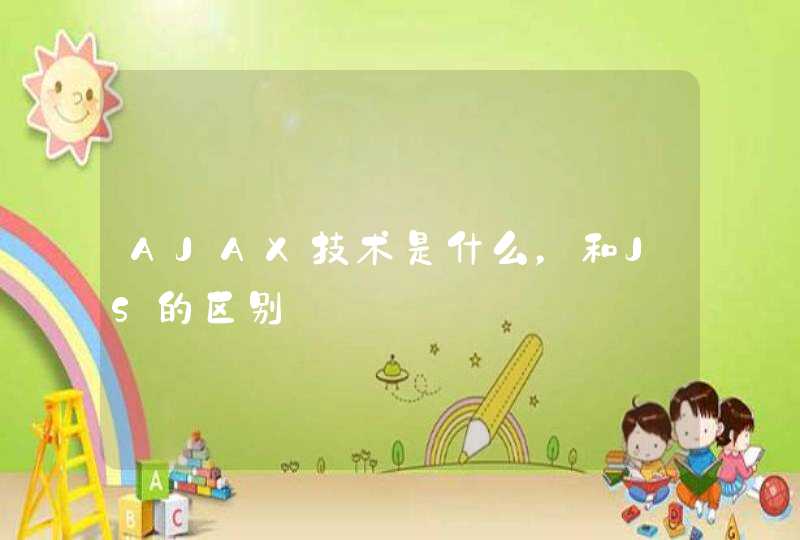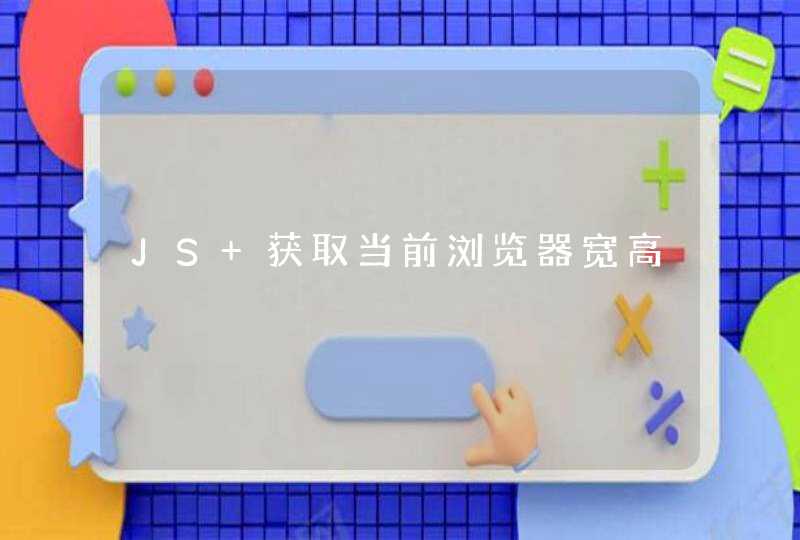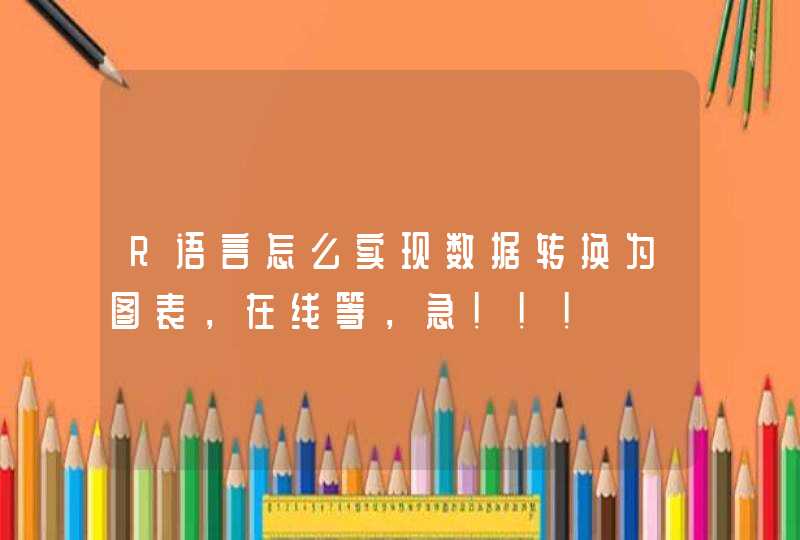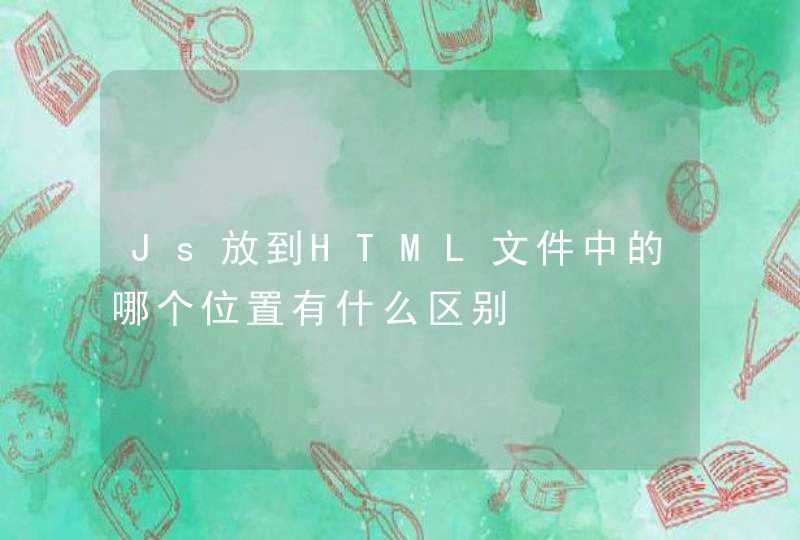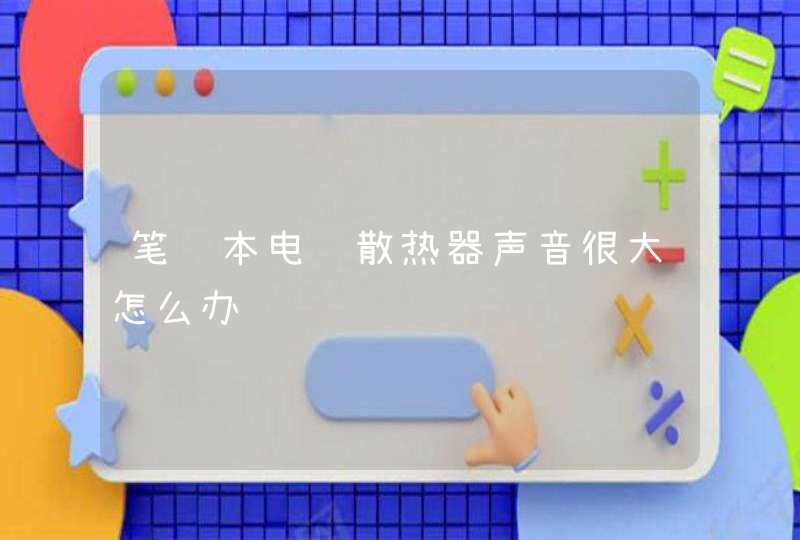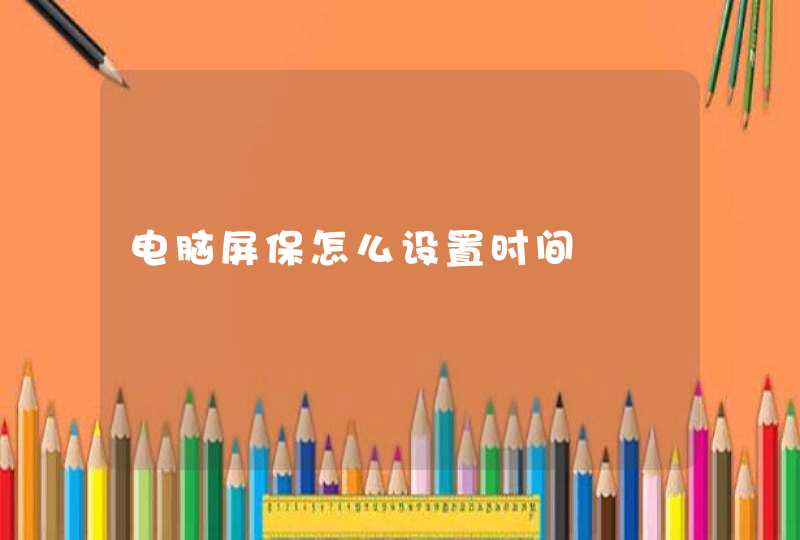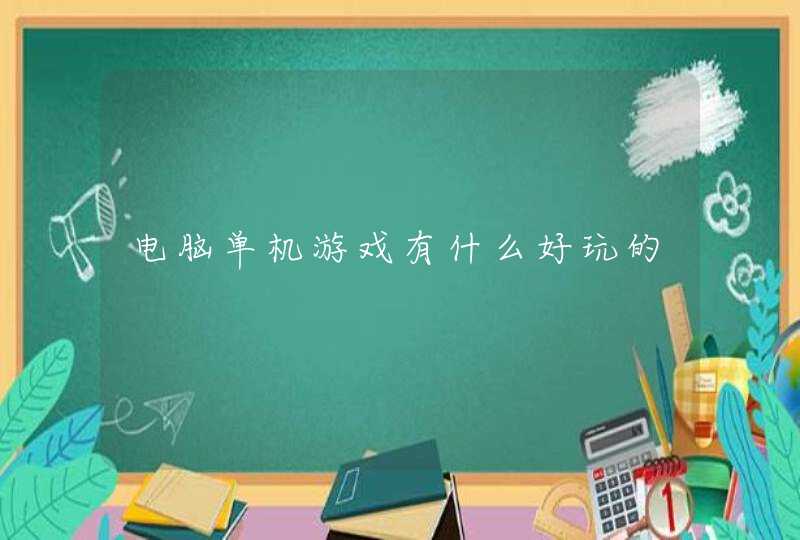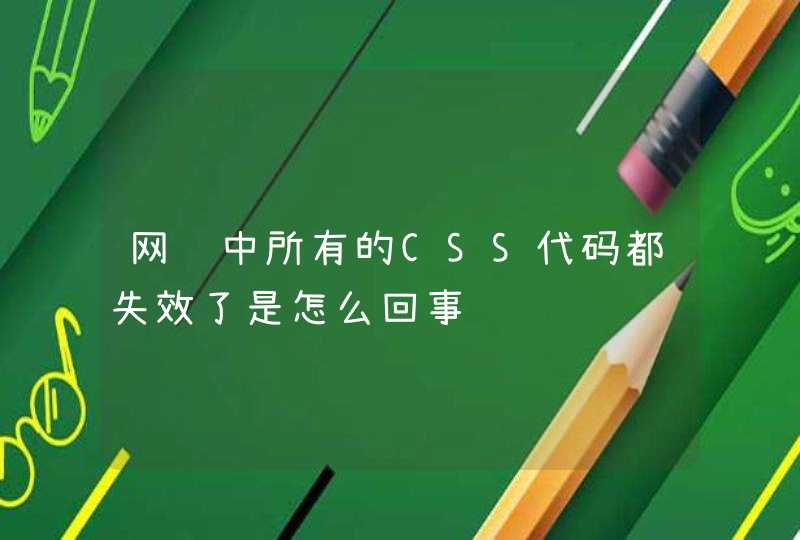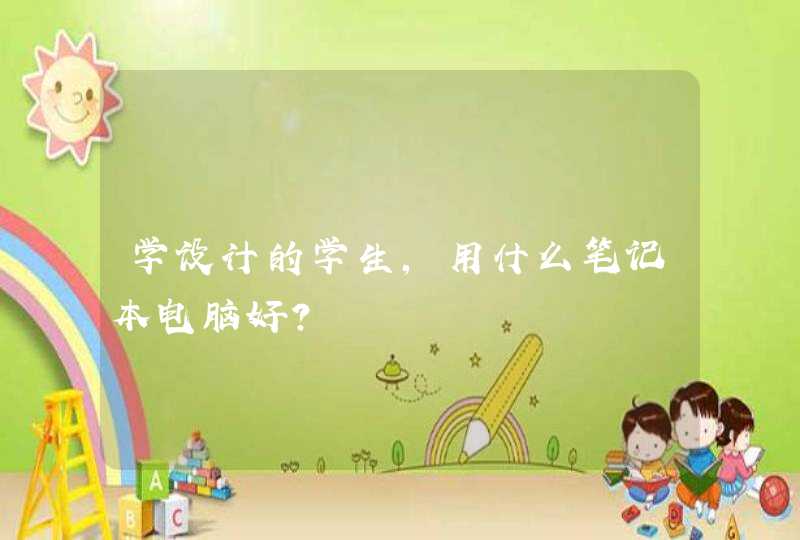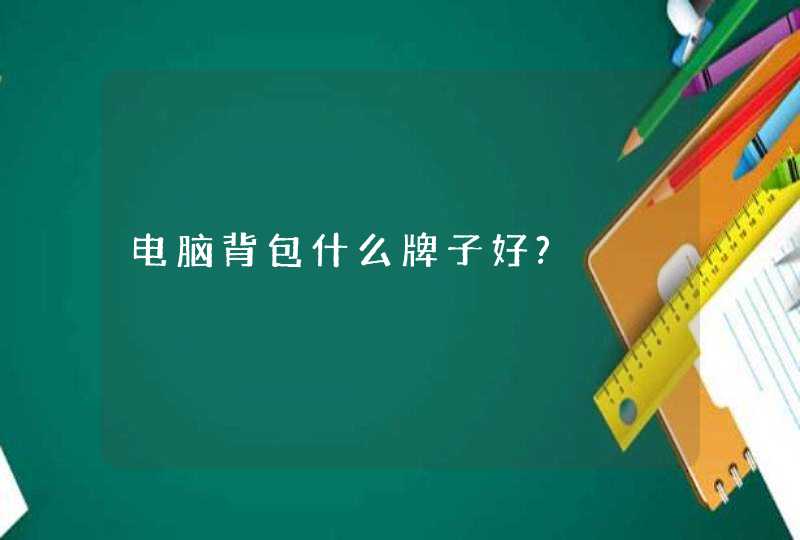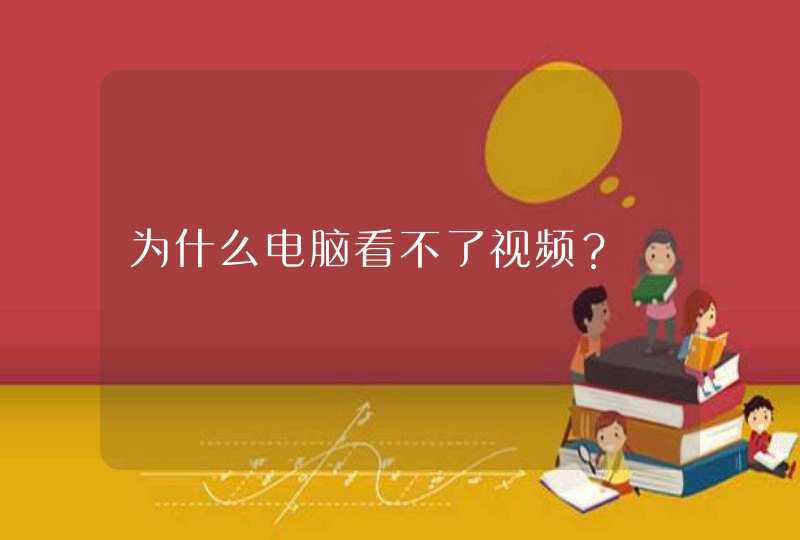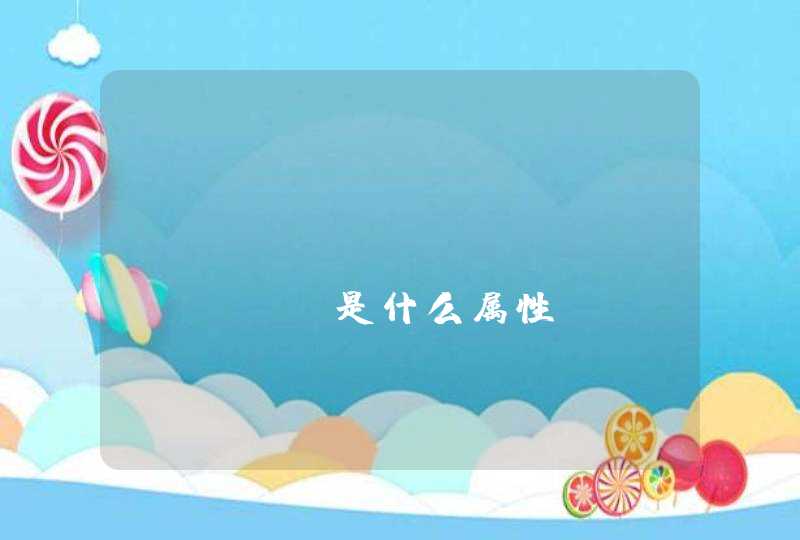
//说明你的页面在if框架中显示
}else{
//说明你的页面不是在if框架中显示
}
top.location//浏览器的地址栏。
self.location//当前页面的url
你把代码贴出来吧 我帮你改补充问题答复:
取到父对象后,再来取该对象中的某一框架,可以用ID来取到,然后利用刷新代码即可。
先来看一个简单的例子:
下面以三个页面分别命名为frame.html、top.html、bottom.html为例来具体说明如何做。
frame.html 由上(top.html)下(bottom.html)两个页面组成,代码如下:
<!DOCTYPE HTML PUBLIC "-//W3C//DTD HTML 4.0 Transitional//EN">
<HTML>
<HEAD>
<TITLE>frame </TITLE>
</HEAD>
<frameset rows="50%,50%">
<frame name=top src="top.html">
<frame name=bottom src="bottom.html">
</frameset>
</HTML>
现在假设top.html (即上面的页面) 有七个button来实现对bottom.html (即下面的页面) 的刷新,可以用以下七种语句,哪个好用自己看着办了。
语句1. window.parent.frames[1].location.reload()
语句2. window.parent.frames.bottom.location.reload()
语句3. window.parent.frames["bottom"].location.reload()
语句4. window.parent.frames.item(1).location.reload()
语句5. window.parent.frames.item('bottom').location.reload()
语句6. window.parent.bottom.location.reload()
语句7. window.parent['bottom'].location.reload()
top.html 页面的代码如下:
<!DOCTYPE HTML PUBLIC "-//W3C//DTD HTML 4.0 Transitional//EN">
<HTML>
<HEAD>
<TITLE>top.html </TITLE>
</HEAD>
<BODY>
<input type=button value="刷新1" onclick="window.parent.frames[1].location.reload()"><br>
<input type=button value="刷新2" onclick="window.parent.frames.bottom.location.reload()"><br>
<input type=button value="刷新3" onclick="window.parent.frames['bottom'].location.reload()"><br>
<input type=button value="刷新4" onclick="window.parent.frames.item(1).location.reload()"><br>
<input type=button value="刷新5" onclick="window.parent.frames.item('bottom').location.reload()"><br>
<input type=button value="刷新6" onclick="window.parent.bottom.location.reload()"><br>
<input type=button value="刷新7" onclick="window.parent['bottom'].location.reload()"><br>
</BODY>
</HTML>
下面是bottom.html页面源代码,为了证明下方页面的确被刷新了,在装载完页面弹出一个对话框。
bottom.html 页面的代码如下:
<!DOCTYPE HTML PUBLIC "-//W3C//DTD HTML 4.0 Transitional//EN">
<HTML>
<HEAD>
<TITLE>bottom.html </TITLE>
</HEAD>
<BODY onload="alert('我被加载了!')">
<h1>This is the content in bottom.html.</h1>
</BODY>
</HTML>
解释一下:
1.window指代的是当前页面,例如对于此例它指的是top.html页面。
2.parent指的是当前页面的父页面,也就是包含它的框架页面。例如对于此例它指的是framedemo.html。
3.frames是window对象,是一个数组。代表着该框架内所有子页面。
4.item是方法。返回数组里面的元素。
5.如果子页面也是个框架页面,里面还是其它的子页面,那么上面的有些方法可能不行。
附:
Javascript刷新页面的几种方法:
1 history.go(0)
2 location.reload()
3 location=location
4 location.assign(location)
5 document.execCommand('Refresh')
6 window.navigate(location)
7 location.replace(location)
8 document.URL=location.href
自动刷新页面的方法:
1.页面自动刷新:把如下代码加入<head>区域中
<meta http-equiv="refresh" content="20">
其中20指每隔20秒刷新一次页面.
2.页面自动跳转:把如下代码加入<head>区域中
<meta http-equiv="refresh" content="20url=http://www.wyxg.com">
其中20指隔20秒后跳转到http://www.wyxg.com页面
3.页面自动刷新js版
<script language="JavaScript">
function myrefresh()
{
window.location.reload()
}
setTimeout('myrefresh()',1000)//指定1秒刷新一次
</script>
ASP.NET如何输出刷新父窗口脚本语句
1. this.response.write("<script>opener.location.reload()</script>")
2. this.response.write("<script>opener.window.location.href = opener.window.location.href</script>")
3. Response.Write("<script language=javascript>opener.window.navigate(''你要刷新的页.asp'')</script>")
JS刷新框架的脚本语句
//如何刷新包含该框架的页面用
<script language=JavaScript>
parent.location.reload()
</script>
//子窗口刷新父窗口
<script language=JavaScript>
self.opener.location.reload()
</script>
( 或 <a href="javascript:opener.location.reload()">刷新</a>)
//如何刷新另一个框架的页面用
<script language=JavaScript>
parent.另一FrameID.location.reload()
</script>
如果想关闭窗口时刷新或者想开窗时刷新的话,在<body>中调用以下语句即可。
<body onload="opener.location.reload()">开窗时刷新
<body onUnload="opener.location.reload()">关闭时刷新
<script language="javascript">
window.opener.document.location.reload()
</script>
本文来自: 脚本之家(www.jb51.net) 详细出处参考:http://www.jb51.net/article/14397.htm
下面以三个页面分别命名为framedemo.html,left.html,right.html为例来具体说明如何做。
其中framedemo.html由左右两个页面组成,代码如下:
<!DOCTYPE HTML PUBLIC "-//W3C//DTD HTML 4.0 Transitional//EN">
<HTML>
<HEAD>
<TITLE>frameDemo </TITLE>
</HEAD>
<frameset cols="200,*">
<frame name=top src="left.html">
<frame name=button src="right.html">
</frameset>
</HTML>
现在假设left.html即上面的页面有一个button来实现对下面页面的刷新,可以用以下七种语句,哪个好用自己看着办了。
语句1. window.parent.frames[1].location.reload()
语句2. window.parent.frames.bottom.location.reload()
语句3. window.parent.frames["bottom"].location.reload()
语句4. window.parent.frames.item(1).location.reload()
语句5. window.parent.frames.item('bottom').location.reload()
语句6. window.parent.bottom.location.reload()
语句7. window.parent['bottom'].location.reload()
解释一下:
1.window指代的是当前页面,例如对于此例它指的是top.html页面。
2.parent指的是当前页面的父页面,也就是包含它的框架页面。例如对于此例它指的是framedemo.html。
3.frames是window对象,是一个数组。代表着该框架内所有子页面。
4.item是方法。返回数组里面的元素。
5.如果子页面也是个框架页面,里面还是其它的子页面,那么上面的有些方法可能不行。
top.html源代码;(页面上有七个按钮,功能都是刷新下面的框架页面)
<!DOCTYPE HTML PUBLIC "-//W3C//DTD HTML 4.0 Transitional//EN">
<HTML>
<HEAD>
</HEAD>
<BODY>
<input type=button value="刷新1" onclick="window.parent.frames[1].location.reload()"><br>
<input type=button value="刷新2" onclick="window.parent.frames.bottom.location.reload()"><br>
<input type=button value="刷新3" onclick="window.parent.frames['bottom'].location.reload()"><br>
<input type=button value="刷新4" onclick="window.parent.frames.item(1).location.reload()"><br>
<input type=button value="刷新5" onclick="window.parent.frames.item('bottom').location.reload()"><br>
<input type=button value="刷新6" onclick="window.parent.bottom.location.reload()"><br>
<input type=button value="刷新7" onclick="window.parent['bottom'].location.reload()"><br>
</BODY>
</HTML>
下面是right.html页面源代码,为了证明下方页面的确被刷新了,在装载完页面弹出一个对话框。
<!DOCTYPE HTML PUBLIC "-//W3C//DTD HTML 4.0 Transitional//EN">
<HTML>
<HEAD>
</HEAD>
<BODY onload="alert('我被加载了!')">
<h1>This is the content in button.html.</h1>
</BODY>
</HTML>
经我测试,只能1 和4 显示效果,别的好像不对哟
============================
附:
Javascript刷新页面的几种方法:
1history.go(0)
2location.reload()
3location=location
4location.assign(location)
5document.execCommand('Refresh')
6window.navigate(location)
7location.replace(location)
8document.URL=location.href
在页面内加入如下判断条件
// 如果页面被嵌入到iframe中,则以下条件必定不相等if (window.top !== window.self) {
window.location.href = '跳转到另外一个页面的地址'
}
